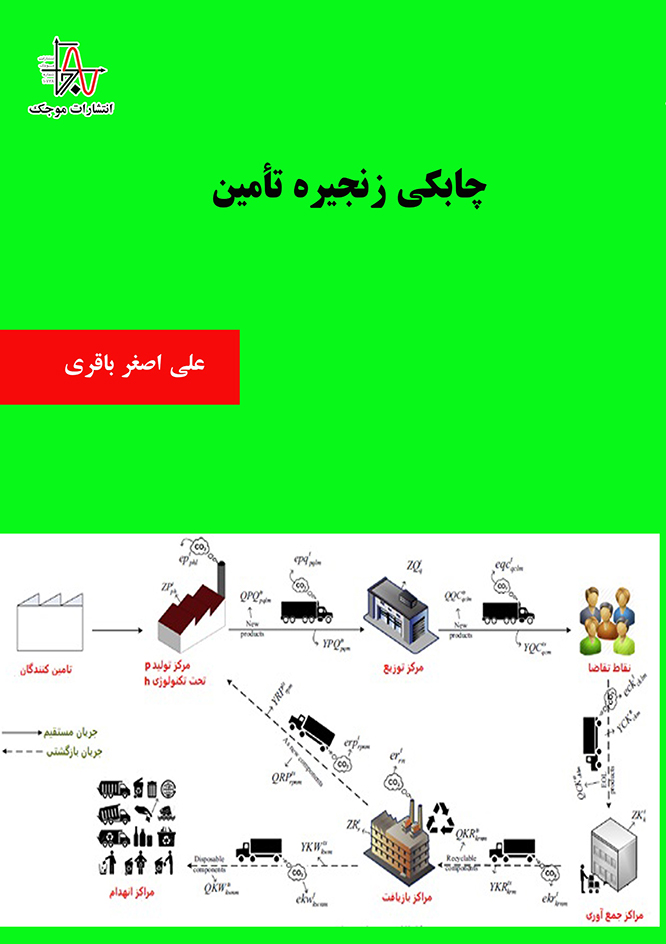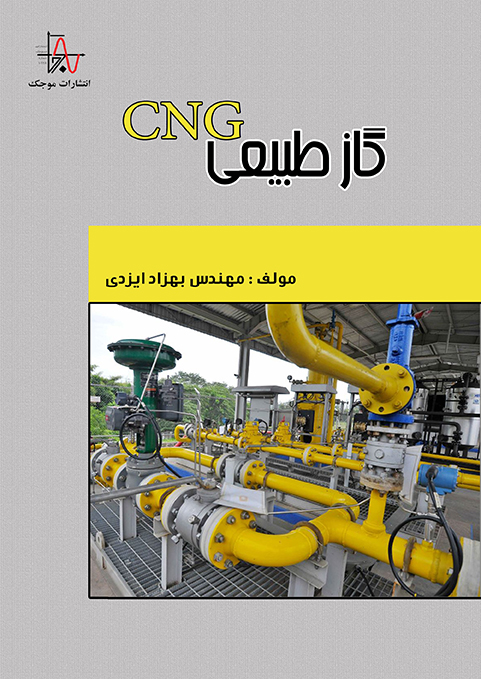ناشر : انتشارات موجک
کد کتاب : M630
عنوان : چابکی زنجیره تأمین
تاليف : علی اصغر باقری
مشخصات ظاهری : ۱۳۱ صفحه، قطع وزيری
چاپ اول : بهار ۱۴۰۰، تيراژ : ۵۰۰ جلد
قيمت : ۲۲۱۰۰۰۰ ريال، شابک : ۵-۳۰۰-۹۹۴-۶۰۰-۹۷۸
حقوق چاپ و نشر برای ناشر محفوظ است.
————————————————————————————————————————————————————————————————————————–






نقد و بررسیها
هیچ دیدگاهی برای این محصول نوشته نشده است.